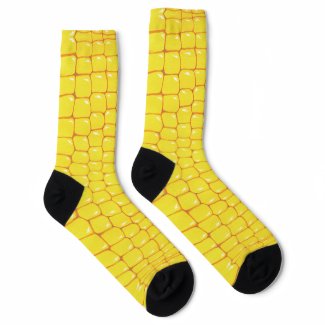Problem 1
Ana and Beto are playing a game. Ana writes a whole number on the board. Beto then has the right to erase the number and add $2$ to it, or erase the number and subtract $3$, as many times as he wants. Beto wins if he can get $2021$ after a finite number of stages; otherwise, Ana wins. Which player has a winning strategy?
Solution
Answer: Beto has a winning strategy.
Let $x$ be the number that Ana wrote on the board.
If $x=2021$, then Beto can add $2$ three times and then subtract $3$ two times and obtain $2021$ on the board. Indeed,
$$ x + 2 + 2 +2 -3 -3 = x $$
If $x<2021$, then by adding $2$ two times and then subtracting $3$ one time, Beto will increase the number of the board by $1$. Indeed,
$$ x + 2 + 2 -3 = x+1 $$
and therefore, Beto eventually will obtain $2021$ on the board.
If $x>2021$, then by adding $2$ four times and then subtracting $3$ three times, Beto will decrease the number of the board by $1$. Indeed,
$$ x + 2 + 2 + 2 + 2 – 3 – 3 -3 = x-1 $$
and therefore, Beto eventually will obtain $2021$ on the board.
Problem 2
Let $ABC$ be a right triangle with right angle at $B$ and $\angle C= 30^{\circ}$. If $M$ is midpoint of the hypotenuse and $I$ the incenter of the triangle, show that $\angle IMB= 15^{\circ}$.
Solution
Since $M$ is the midpoint of $AC$, then $M$ is the circumcenter of the triangle $ABC$. Therefore $\angle AMB = 60^{\circ}$ and $\angle CMB = 120^{\circ}$. Since $I$ is the incenter of the triangle $ABC$, then $IB$ and $IC$ are the angle bisectors of the angles $B$ and $C$. Therefore $\angle IBC = 45^{\circ}$,
$\angle ICB = 15^{\circ}$ and thus $\angle BIC = 120^{\circ}$. This implies that the quadrilateral $BIMC$ is cyclic and $\angle IMB = \angle ICB = 15^{\circ}$.
Problem 3
Coins are placed in some squares on a $n \times n$ board. Each coin can be moved towards the square symmetrical with respect to either of the two diagonals, as long as that square is empty. The initial coin setup is said to be $good$, if any coin can make the first move.
(a) Determine the maximum number of coins $M$ that can be placed on the $n \times n$ board, such that the configuration is good.
(b) Calculate the total number of good configurations that have exactly $M$ coins.
Solution
If $n=1$, then we cannot place a single coin. Thus $M=0$ and the total number of good configurations is $0$.
For $n>1$ let us take a square that is not on the diagonal. Let us reflect it symmetrically with respect to the first diagonal, then with respect to the second diagonal, and then with respect to the first diagonal again. We will say that the resulting $4$ squares form a $cycle$. The square $n \times n$, therefore, can be divided into diagonals and cycles. A square on a cycle will be reflected to another square on the same cycle. In a good configuration, the maximum number of coins in one cycle is $2$. A square on a diagonal will be reflected to another square on the same diagonal. Therefore, they can be divided into pairs, except for the center square (if it exists).
We will consider even and odd values of $n$ separately.
For part (a) we have the following.
If $n$ is even, then $n=2k$ for some $k \in \mathbb{N}$. The total number of squares is $4k^2$ from which there are $4k$ diagonal squares divided into $2k$ pairs and the rest form $k^2-k$ cycles. The maximum number of coins on the diagonals is $2k$. The total maximum number of coins on the cycles is $2k^2-2k$. The maximum number of the coins, therefore, is $M=2k^2$.
If $n$ is odd, then $n=2k+1$ for some $k \in \mathbb{N}$. The total number of squares is $4k^2+4k+1$ from which there are $4k+1$ diagonal squares and the rest form $k^2$ cycles. The maximum number of coins on the diagonals is $2k$. The total maximum number of coins on the cycles is $2k^2$. The maximum number of the coins, therefore, is $2k^2+2k$.
AMC 8 Preparation Book
Order NowFor part (b) we notice that the number of possible ways to locate $2$ squares on a cycle is equal to ${4 \choose 2} = 6$. For even $n=2k$ the number of permutations accounted for the cycles is $6^{k^2-k}$ and the number of distributions of coins on the diagonals is $2^{2k}$. The total number of good configurations, therefore, is $6^{k^2-k} \cdot 2^{2k}$. For odd $n=2k+1$ the number of permutations accounted for the cycles is $6^{k^2}$ and the number of distributions of coins on the diagonals is $2^{2k}$. The total number of good configurations, therefore, is $6^{k^2} \cdot 2^{2k}$.



